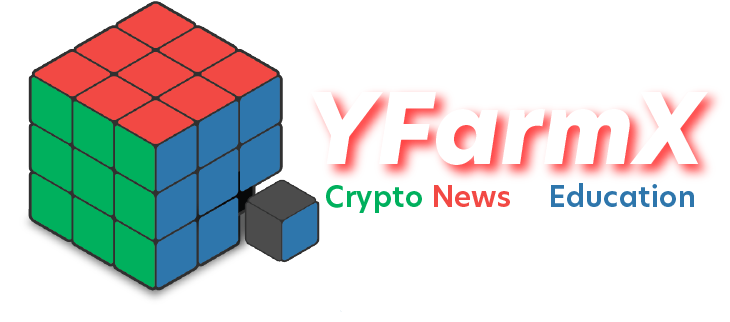A new Ethereum URL standard, ERC-4804 has been introduced to make it easier to create and share web links that can’t be censored or taken down. The standard combines the Ethereum Name Service (ENS) with the InterPlanetary File System (IPFS) to create decentralised web3 URLs that are resistant to censorship and tampering.
The standard allows users to create ENS domains that link to IPFS content, enabling users to access decentralised applications (dApps), websites, and other content without relying on centralised servers or infrastructure.
The new Ethereum standard titled “Web3 URL to EVM Call Message Translation” was first introduced in February 2022. The standard was co-authored by Sam Wilson, an Ethereum researcher, Qi Zhou, the founder of ETHStorage, and Chao Pi.

The ERC-4804 standard is a significant development for the Ethereum ecosystem, as it provides a way for developers to create and share content that can’t be easily blocked or taken down by centralised authorities. This is particularly important in countries with strict internet censorship laws, where access to certain websites and content is restricted or prohibited.
Decentralised Web3 URL
By using ENS+IPFS, developers can create dApps and websites that are accessible through a decentralised web3 URL, rather than a traditional HTTP URL. This means that the content is stored on a decentralised network of computers rather than a centralised server, making it much harder to censor or tamper with.
The ERC-4804 standard also has other benefits for developers and users. For example, it allows developers to create dApps and websites that are more resilient to downtime and outages, as the content is stored on a distributed network rather than a single server. It also enables users to access content more quickly, as the content can be cached locally and accessed directly from the IPFS network.

To use ENS+IPFS, developers simply need to register an ENS domain and link it to their IPFS content. Users can then access the content by entering the ENS domain into a web3-enabled browser, such as MetaMask or TrustWallet. The browser will then resolve the ENS domain and retrieve the content from the IPFS network.
According to Anthurine Xiang, a spokesperson for layer-2 storage protocol ETHStorage, ERC-4804 is set to enable the integration of “dynamic data” on websites, allowing for user interactions such as leaving likes and comments on content. As an Ethereum-native standard, it is also anticipated to facilitate more seamless interoperability with other blockchain networks.
Brave & Unstoppable Domains
The new Ethereum URL standard has already been adopted by a number of decentralised applications and websites, including Unstoppable Domains, which allows users to create blockchain-based domains that can be used to receive cryptocurrency payments, and Brave, a privacy-focused web browser that allows users to earn cryptocurrency by viewing ads.
The adoption of the new ethereum URL standard is also expected to accelerate the growth of the decentralised web3 ecosystem, as it provides developers with a more user-friendly and censorship-resistant way to create and share content. This, in turn, could lead to more widespread adoption of blockchain technology and cryptocurrencies, as users become more comfortable with accessing content through decentralised web3 URLs.
Ethereum Price:



